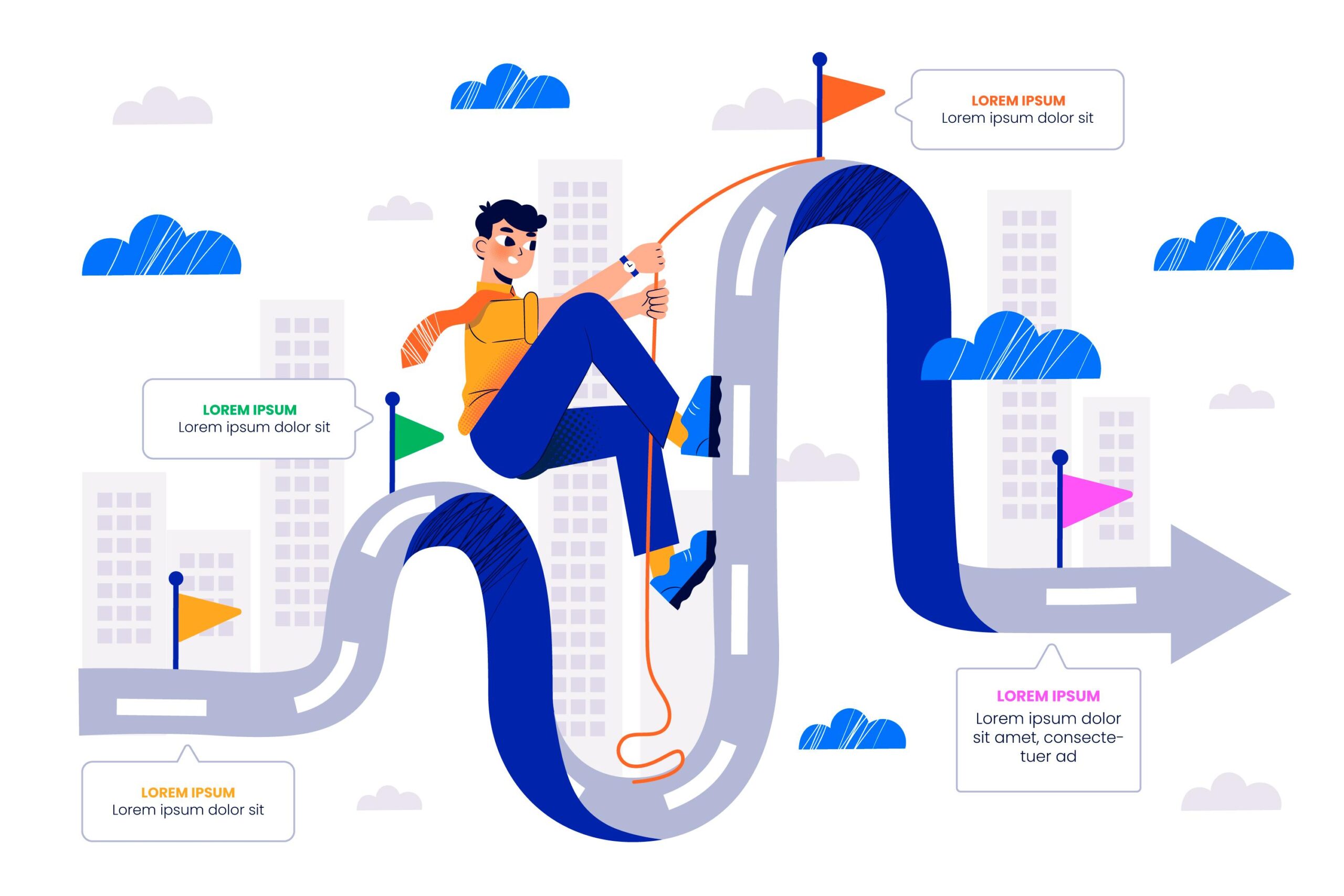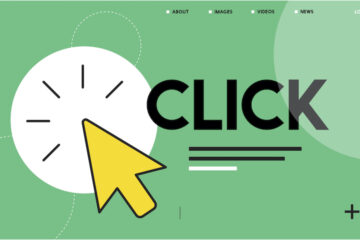

Creating Seamless User Journeys: Best Practices for UX Flow Design
Introduction:
In the dynamic landscape of digital experiences, creating seamless user journeys is a cornerstone of effective UX design. A user’s interaction with a product or service should feel intuitive, effortless, and purposeful. In this blog post, we’ll explore the best practices for UX flow design, examining how thoughtful planning and strategic implementation contribute to a user experience that is not only functional but delightful.
UNDERSTANDING USER JOURNEYS
User-Centered Design
Place the user at the center of your design process. Understand their goals, motivations, and pain points. This empathetic approach ensures that the user journey is meticulously tailored to meet the needs and expectations of the end-user.
Define Clear Objectives:
Establish clear objectives for the user journey before delving into the design process. Identify the key tasks users aim to accomplish. This clarity in objectives serves as a guiding force, shaping a purposeful and effective flow.
MAPPING USER JOURNEYS

Create User Personas
Create user personas to embody distinct segments within your target audience. This practice aids in visualizing and attending to the unique needs and preferences of various user groups.
User Flows & Information Architecture
Map out user flows, delineating the paths users will traverse to achieve their objectives. In tandem, meticulously craft the information architecture, ensuring a logical and intuitive structure that facilitates easy navigation. A well-organized information architecture not only simplifies user journeys but also enhances the overall usability of the interface. Consider how different elements and features are grouped, prioritize clarity in labeling, and streamline the presentation of information to create a cohesive and user-friendly experience.
Wireframing and Prototyping
Leverage wireframes and prototypes as visual tools to comprehensively illustrate the user journey. Wireframes act as skeletal frameworks, outlining the basic structure and layout of the interface, while prototypes provide interactive simulations of the user experience. These tools play a crucial role in the iterative design process, allowing for early testing and feedback collection from stakeholders or end-users. By incorporating wireframes and prototypes, designers can identify potential issues, validate design choices, and make necessary adjustments before advancing into the more resource-intensive phases of full design and development. This iterative approach not only enhances the final product but also ensures that the user journey aligns seamlessly with user expectations and objectives.
BEST PRACTICES OF UX FLOW DESIGN

Clear and Intuitive Navigation
A well-designed navigation system serves as a guiding beacon, ensuring that users can navigate through the interface with ease and confidence. Craft a navigation system that embodies clarity, intuitiveness, and consistency throughout the entirety of the user journey. Users should seamlessly grasp their current location, comprehend their previous interactions, and effortlessly discern the next steps they can take. Consistency in design elements and labels fosters familiarity, reducing cognitive load and enhancing the overall user experience. The goal is to create a navigation system that acts as an intuitive roadmap, empowering users to explore and interact effortlessly at every stage of their journey.
Progressive Disclosure
Embrace progressive disclosure by revealing information gradually. Avoid overwhelming users with too much information at once, particularly in complex processes.
Minimize Cognitive Load
Streamline choices and deliver crystal-clear instructions to minimize cognitive load. This ensures users can focus on their goals without unnecessary distractions, enhancing the overall user experience.
Feedback and Validation
Offer feedback and validation at each step of the user journey. Whether it’s a successful form submission or a completed transaction, provide clear indications of progress.
Mobile Responsiveness
Ensure that the user journey is seamless across different devices. With the increasing use of mobile devices, responsive design is crucial for a consistent and enjoyable user experience.
TESTINGS AND ITERATIONS

Usability Testing
Conduct usability testing with real users to identify any usability issues or pain points in the user journey. Use this feedback to refine and optimize the design.
Analytics and User Feedback
Leverage analytics tools to gather data on user behavior. Additionally, actively seek user feedback to understand their experiences and make informed decisions for improvements.
CONSISTENCY & COHESION

Consistent Branding
Maintain consistent branding elements throughout the user journey. Consistency builds trust and reinforces the brand identity.
Seamless Transitions
Ensure smooth transitions between different sections of the user journey. Sudden shifts in design or functionality can disrupt the user experience.
CONCLUSION
Creating seamless user journeys requires a holistic understanding of user needs, strategic planning, and continuous refinement. By adopting user-centered design principles, mapping clear user flows, and implementing best practices for UX flow design, designers can craft experiences that not only meet users’ goals but exceed their expectations. A seamless user journey is not just a series of steps; it’s a narrative that unfolds with purpose and elegance, leaving users satisfied and engaged.


